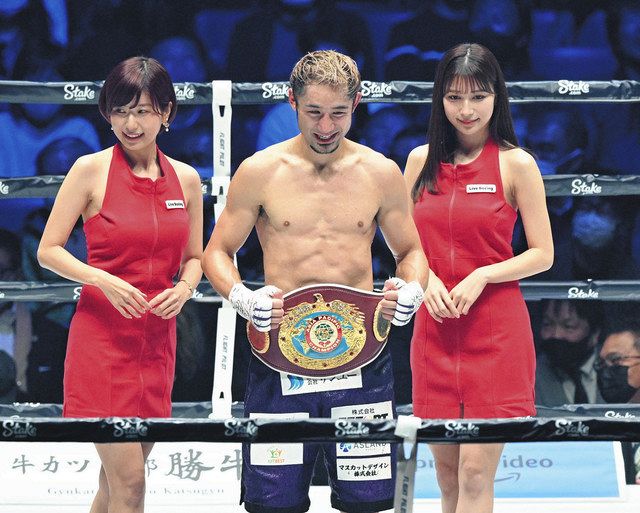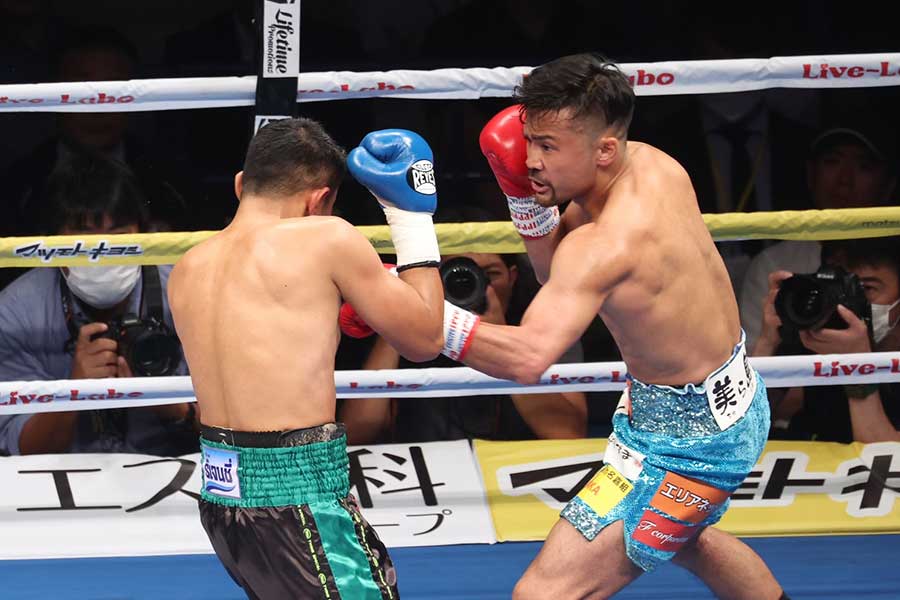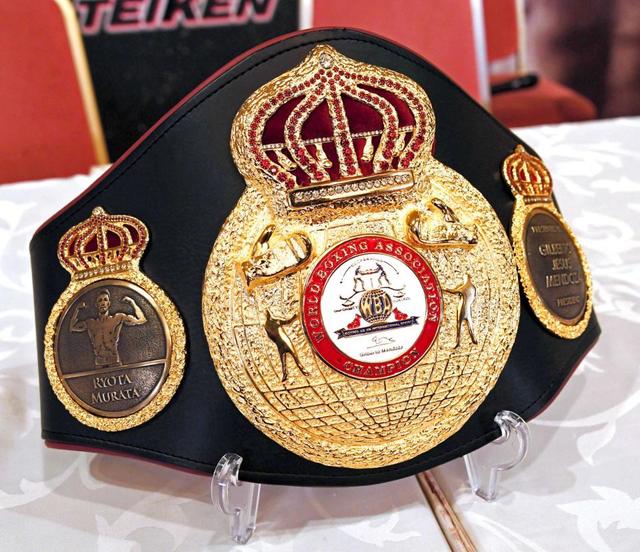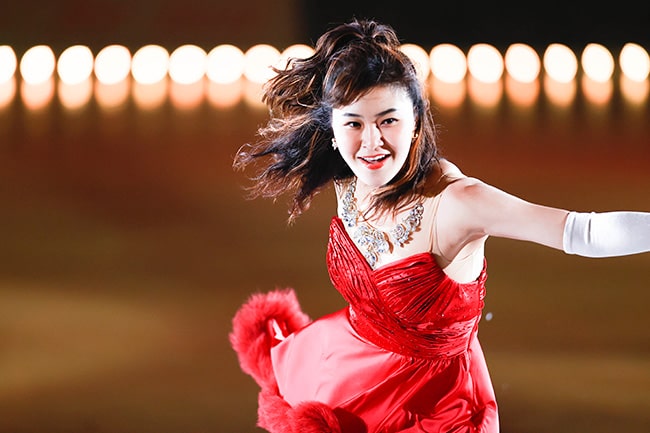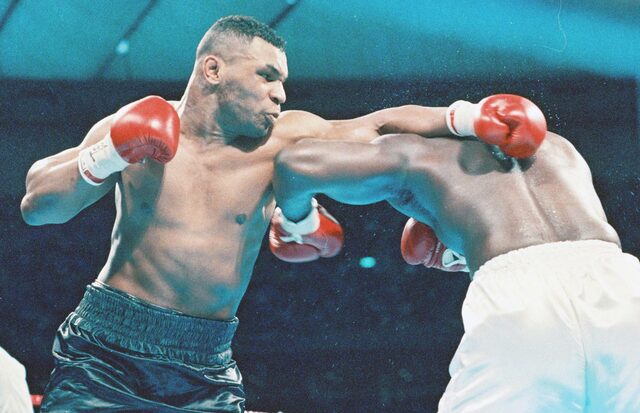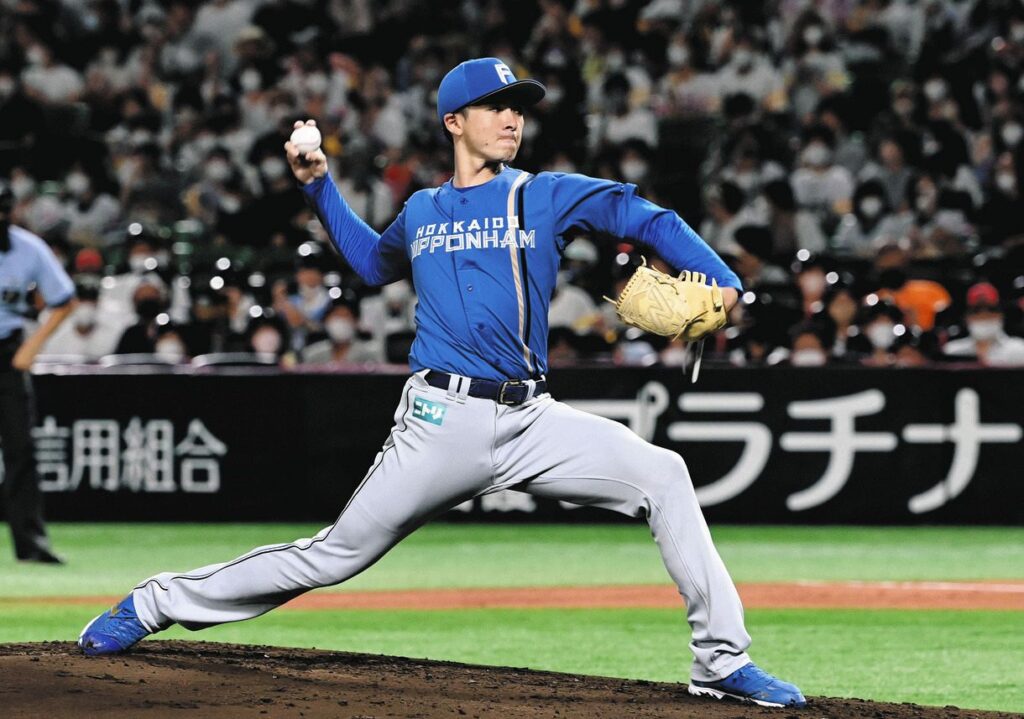
Kendo is one of Japan’s traditional martial arts, and its technique and spirit are respected around the world.
However, during Kendo training, you may experience pain from blows to the throat, especially when performing thrust techniques.
This is a common problem for many people learning Kendo, and requires proper knowledge and precautions.
In this article, we will explain in detail the causes of sore throat caused by kendo thrusting techniques, how to deal with it, and preventive measures to prevent the pain from occurring.
We provide useful information as a guide for all kendo enthusiasts, from beginners to experts, to safely hone their skills and master the art of kendo.
目次
What is the thrusting technique in Kendo? How does it affect your throat?
Tsuke technique in Kendo is a technique used to earn points by hitting the opponent’s armor with a Shinai (shinai) sword.
In particular, among the four main parts of striking, “men,” “kote,” “do,” and “tsuki,” “tsuki” refers to the technique of precisely hitting the tip of the shinai against the opponent’s throat.
This technique has a strategic element that allows you to gain an advantage by applying pressure on your opponent, but care must be taken when practicing it.
Basics of kendo thrusting techniques
Kendo thrust techniques require a high degree of precision and control, so it is important to learn the correct form and amount of force.
Basically, the tip of the shinai is thrust in a straight line towards the opponent’s throat (the Adam’s apple).
This technique is not intended to overwhelm the opponent, but is based on the spirit of Kendo, which values beauty and spirituality as a technique.
Correct thrusting techniques should be performed so that the tip of the shinai lightly touches the throat, but this requires a precise sense of distance and control.
What is the effect on the throat?
The impact that kendo thrusting techniques have on the throat varies greatly depending on the accuracy of the technique and the force used.
The ideal thrust is one that causes the opponent to feel slight pressure, but does not cause actual injury.
However, improper technique or the use of excessive force can cause blows and pressure to the throat, and in some cases, damage to the vocal cords and difficulty breathing.
Therefore, when practicing Kendo, one must always consider the safety of the opponent and learn and practice appropriate techniques.

Main causes of sore throat during Kendo
There are several reasons for a sore throat during Kendo training or competition, but the two most common are:
The use of inaccurate techniques and improper wearing of protective equipment.
These issues must be understood and countermeasures taken to enjoy Kendo safely.
inaccurate technology
In kendo, technical inaccuracy manifests itself in many ways. In particular, when it comes to thrusting techniques, insufficient control of the bamboo sword or misperception of the distance can result in the thrust aimed at the throat being too strong, or hitting the opponent at an unintended angle.
This can put unnecessary pressure and shock on your throat, causing pain and injury.
Accurate technique is extremely important to ensure the safety of not only yourself, but also the people you practice with.
Improperly wearing protective gear
The armor used in Kendo is essential equipment to protect yourself from Shinai.
In particular, if the part that protects the throat (protrusion) is not attached correctly, there will be insufficient protection from thrusting techniques and the throat will be more susceptible to direct impact.
If the protective gear is not the right size or is worn too loosely, the protective gear may shift during movement, exposing the body parts that should be protected.
Choosing the appropriate size of armor and wearing it correctly is the basis for safely practicing Kendo.

First aid for sore throat
If you experience a sore throat during Kendo training or competition, it is important to act quickly.
Below are first aid methods to relieve a sore throat. These will help minimize damage to your throat and speed recovery.
cooling method
Cooling is recommended as a first aid treatment for sore and swollen throats.
Applying ice or a cold pack wrapped in a thin cloth to the outside of your throat for a few minutes can reduce inflammation and reduce pain.
At this time, be careful not to apply the ice directly to your skin. Ice is most effective when applied immediately after the pain is felt.
However, the cooling time should not exceed 15 minutes, and alternate cooling and rest as necessary to avoid cold temperatures and frostbite of the skin.
Foods and drinks that help reduce pain
Choosing the right food and drink is also important in relieving a sore throat.
Hot drinks or soups can help moisten your throat and relieve pain. In particular, warm water with chamomile tea or honey is good for soothing a sore throat due to its anti-inflammatory properties.
On the other hand, it’s best to avoid extremely cold drinks and harsh foods, as they can worsen throat irritation.
Also, by making sure to drink enough water, you can support your body’s recovery and prevent your throat from drying out.

Long-term measures and prevention methods
While it is important to treat a sore throat in Kendo in the short term, it is more important to take long-term measures and preventative measures to prevent similar problems in the future.
Here, we will explain the correct way to practice tsuki techniques and how to choose and wear the appropriate protective gear, as basic measures for practicing kendo safely.
How to practice the correct punch technique
Accurately learning Kendo thrust techniques is extremely important to ensure the safety of not only yourself, but also the person you practice with. Practice while paying attention to the following points.
- Start with the basics : Start by thoroughly mastering the basic postures and movements of Kendo. Accurate technique comes from correct posture.
- Develop a sense of distance : To perform accurate thrusts, you need a proper sense of distance. Correctly assess the distance to your opponent and practice performing techniques at the right time.
- Learn how to use force : The amount of force you use is important in thrusting techniques. Learn the technique of stopping with just a light touch to avoid applying excessive force to your throat.
- Get advice from a mentor : Feedback from an experienced mentor is essential to improving your technique. Get regular guidance and check for improvements.
How to choose and wear appropriate protective gear
Protective gear used in Kendo is important equipment to protect the players. To protect your throat in particular, pay attention to the following points when selecting and wearing protective gear.
- Size Compatibility : It is important to choose the right size armor for your body. Ill-fitting armor will not provide adequate protection.
- Checking the quality : The quality of armor varies. Choose armor that is durable and protective, and inspect it regularly to check its condition.
- How to Wear Correctly : Wearing your armor correctly will maximize its protection. In particular, make sure that the processus that protects the Adam’s apple is properly positioned.
- Regular Maintenance : Armor wears with use. Keep it in top condition with regular maintenance and replacement as necessary.
By practicing these measures, you can make your Kendo practices and matches safer and more enjoyable.

expert advice
In order to practice Kendo safely and continue to hone your techniques, advice from experienced experts and instructors is essential.
Here you will find valuable advice from instructors and frequently asked questions (FAQ) about Kendo.
These findings provide valuable guidelines for avoiding sore throats during Kendo practice and competitions.
Advice from the instructor
- Stay true to the basics : In Kendo, staying true to the basics is the most important thing. Always focus on correct posture, foot movement, and technique execution.
- Don’t neglect self-evaluation : After practice, it’s important to reflect on your technique and posture and find areas for improvement. Through repeated self-evaluation and self-improvement, your skills will improve.
- Safety first : Although Kendo is a competitive martial art, respect for your opponent and safety should be your top priorities. Focus on safety rather than beauty of technique or victory.
- Accept regular feedback : Feedback from your instructors and seniors can show you areas for improvement that you may not have noticed on your own. Actively seek and accept feedback.
Frequently asked questions (FAQ)
- Q: How should I continue practicing if my throat hurts?
- A: If you have a sore throat, we recommend that you take a break from practicing. If the pain is mild, it is best to give first aid and then limit yourself to basic non-contact exercises until the pain goes away.
- Q: How can I learn how to use force in Kendo thrusts?
- A: You learn how to apply force through practice and experience. For beginners, it is a good idea to start by getting a feel for the thrust by whiffing, and then gradually practice the actual thrust while closing the distance between you and your opponent.
- Q: How can I learn how to properly wear armor?
- A: The most effective way to properly wear protective gear is to learn directly from an instructor or senior student. Detailed instructions may also be found on the official websites of kendo federations, etc., or in manuals distributed at kendo classes.
These tips and FAQs provide basic guidelines for enjoying Kendo safely.
By keeping these points in mind during daily practice, you will be able to improve your technique and master the essence of Kendo.

summary
Kendo is a traditional Japanese martial art that aims to train not only the body but also the mind.
Among these, while the thrusting technique is one of the most basic techniques, it also comes with the problem that it can cause pain in the throat.
In this article, we have introduced the causes of sore throat caused by kendo thrusting techniques, first aid measures, long-term measures and prevention methods, and advice from experts.
The main causes of sore throats are the use of incorrect techniques and improper wearing of protective equipment.
In order to avoid these, it is important to learn the correct way to practice thrusting techniques, choose the appropriate protective gear, and wear it correctly.
In addition, when pain occurs, first aid treatment using cooling methods and pain-relieving foods and drinks are effective.
Advice from experts is extremely valuable in continuing Kendo. Staying true to the basics, never neglecting self-evaluation, and prioritizing safety are essential to improving your technique and understanding the spirit of Kendo.
You can also gain a better understanding of common questions and concerns in Kendo by answering frequently asked questions.
We hope that this article will deepen your knowledge and understanding of how to avoid sore throats related to kendo thrusting techniques, and help you live a safe and enjoyable kendo life.
Kendo is not just about learning techniques, it is also a journey of mental and physical growth and self-development.
If you practice with the correct knowledge and respect, you will be able to master the essence of Kendo.
